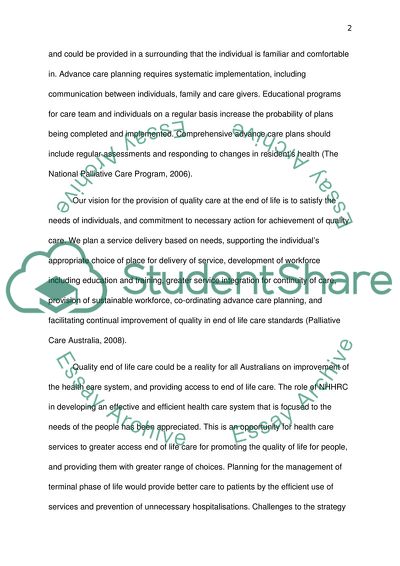Cite this document
(Reform Directive on Caring for People at the End of Life Essay, n.d.)
Reform Directive on Caring for People at the End of Life Essay. Retrieved from https://studentshare.org/nursing/1555122-healthcare-system-reform
Reform Directive on Caring for People at the End of Life Essay. Retrieved from https://studentshare.org/nursing/1555122-healthcare-system-reform
(Reform Directive on Caring for People at the End of Life Essay)
Reform Directive on Caring for People at the End of Life Essay. https://studentshare.org/nursing/1555122-healthcare-system-reform.
Reform Directive on Caring for People at the End of Life Essay. https://studentshare.org/nursing/1555122-healthcare-system-reform.
“Reform Directive on Caring for People at the End of Life Essay”. https://studentshare.org/nursing/1555122-healthcare-system-reform.


